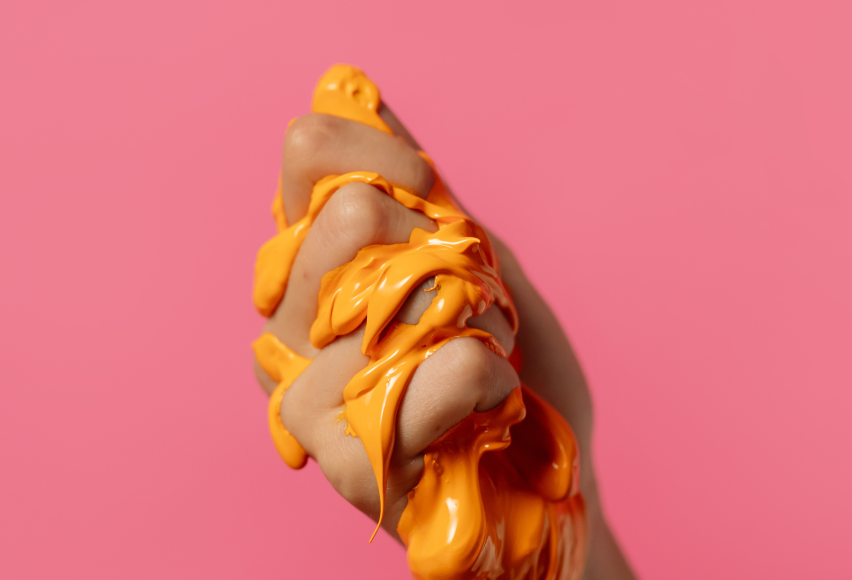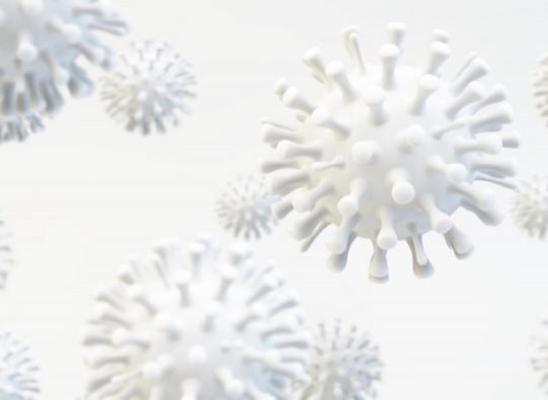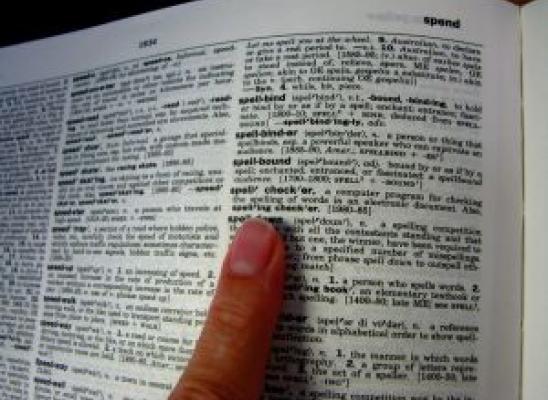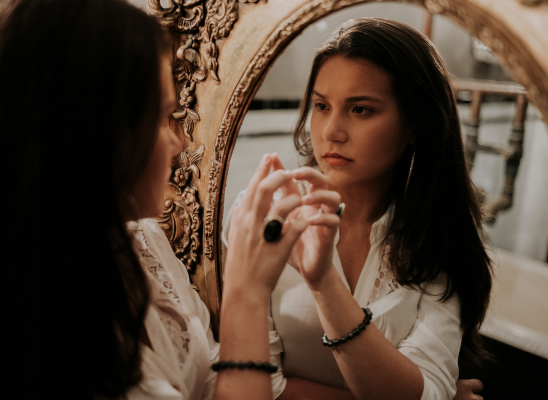Tactile Sensations and Hair Pulling: Strategies for Managing the Urges

Online test
Find out the severity of your symptoms with this free online test
Trichotillomania, commonly referred to as hair pulling or “trich”, is a disorder characterized by repetitive hair pulling that results noticeable hair loss, emotional distress, and impaired functioning. It is classified, along with other body focused repetitive behaviors (BFRBs) like skin picking, as an Obsessive Compulsive Related Disorder. While not the same as OCD, trich and other BFRBs do share similar important qualities.
Sensory phenomena are commonly experienced with hair pulling and other disorders along the OCD spectrum. While not considered a sensory processing disorder, there is substantial anecdotal evidence that tactile sensations can fuel the urge to pull. Understanding how tactile sensation influences the urge to pull can help you find effective strategies to manage these urges.
The Role of Tactile Sensations in Hair Pulling
For many people with trichotillomania, the act of hair pulling is not merely habitual but deeply sensory. The texture of the hair, the sensation of pulling it from the follicle, and the tactile feedback of rolling, rubbing, or even biting the hair can all be intensely satisfying.
These tactile sensations can create a cycle of compulsion and relief. The act of pulling may provide a brief, pleasurable sensory reward, reinforcing the behavior over time. Identifying and addressing these sensory triggers is a crucial step in managing trichotillomania.
Tactile sensations can influence hair pulling in several ways:
- Some people experience an intense craving for tactile input. Hair pulling may be a way of fulfilling this need, eliciting a feeling of satisfaction or relief.
- Tactile sensations may be related to one’s emotional state. For example, when stress is high, sensitivity to touch may be heightened adding to the urge to pull. Pulling may serve as a self-soothing response.
- The presence of irregularities or hair texture can create a sense of distress or discomfort. For example, the “stubbly feel” of hair regrowth may create discomfort. The brain may interpret this discomfort as something needing to be “fixed” by pulling, setting up a cycle of repetitive behavior.
Tips and Tools to Manage Tactile Sensations
One effective strategy for managing hair-pulling urges is to redirect the sensory need to alternative textures or tools. By providing the brain with a similar tactile sensation, it becomes easier to resist the urge to pull.
Fidget Toys: Textured fidget toys, such as silicone pop-its, spiky rings, or textured stress balls, can mimic the sensory feedback that hair pulling provides. Keeping a small fidget toy nearby can offer an easy and discreet way to occupy the hands.
Textured Fabrics: Soft blankets, scarves, plush or textured fabric (e.g., velvet, corduroy, velcro) can provide soothing tactile sensations. Some people find comfort in running their fingers over specific fabric types when urges arise.
Putty or Slime: Therapy putty or sensory slime offers a malleable texture that can be kneaded, pulled, and squeezed, mimicking some of the repetitive motions associated with hair pulling.
Hairbrushes or Scalp Massagers: Using a soft-bristle hairbrush or a silicone scalp massager can replicate the feeling of touching the hair and scalp without causing harm.
Beads or Bracelets: Wearing textured bracelets or rings can provide a discreet way to redirect fidgeting urges. Rolling beads or running fingers over textured jewelry can serve as a substitute for pulling.
Practice Mindfulness: Engaging in mindfulness practices can help you to become more aware of your unique tactile experiences and how they may influence your pulling. Meditation and deep breathing can help you be aware of sensations in the moment. Journaling can also help build awareness and give you a way to process experiences. As your awareness increases, so does your opportunity to choose healthy alternatives.
Build a Tactile Toolkit: Urges to pull can happen anytime, anywhere. Being prepared with a “tactile toolkit” can help you manage sensory needs when they arise with personalized strategies at the ready. Your kit might include a variety of fidgets, fabrics, putty, scalp massagers or other tactile items. Try a few different tools and choose the ones that work best for you.
The Takeaway
Tactile sensations are a key factor in hair pulling urges. They can also be a pathway to healthier coping strategies. By incorporating tools that help meet those sensory needs, you may be able to reduce the frequency and intensity of pulling episodes. With a little patience, self-compassion, and a well-equipped tactile toolkit, you are prepared for managing these urges proactively and confidently.
References
1. Falkenstein, M. J., Conelea, C. A., Garner, L. E., & Haaga, D. A. (2018). Sensory over-responsivity in trichotillomania (hair-pulling disorder). Psychiatry Research, 260, 207-218. https://www.sciencedirect.com/science/article/abs/pii/S0165178116322041?via%3Dihub
Online test
Find out the severity of your symptoms with this free online test
Start your journey with TrichStop
Take control of your life and find freedom from hair pulling through professional therapy and evidence-based behavioral techniques.
Start Now



